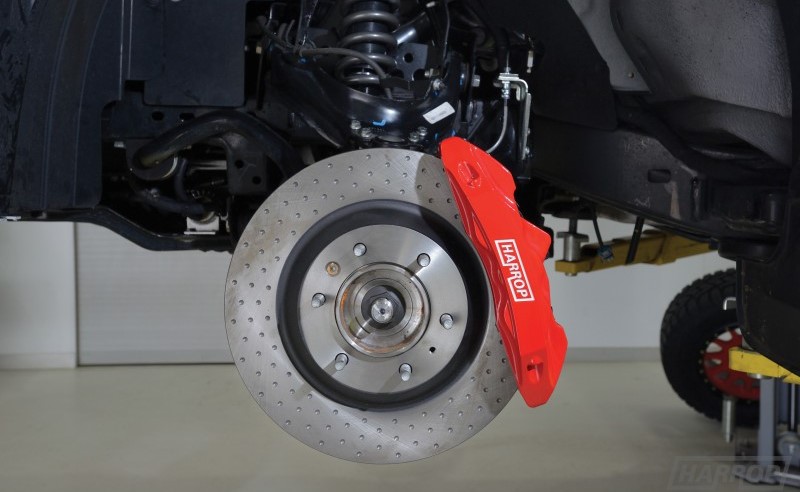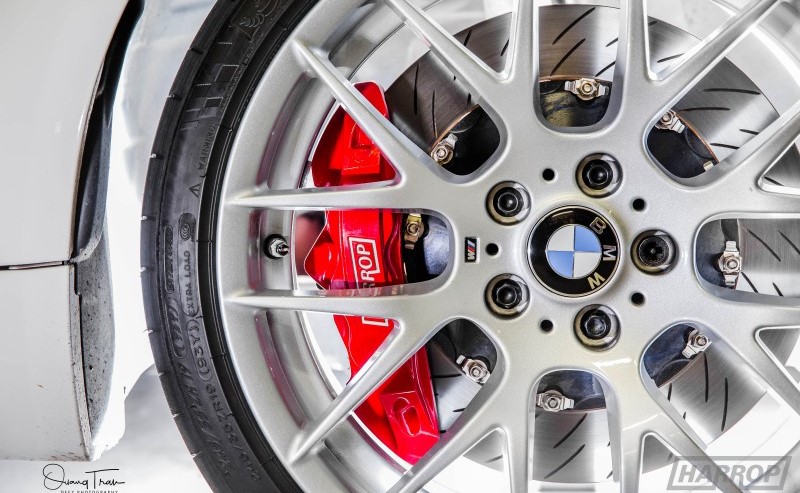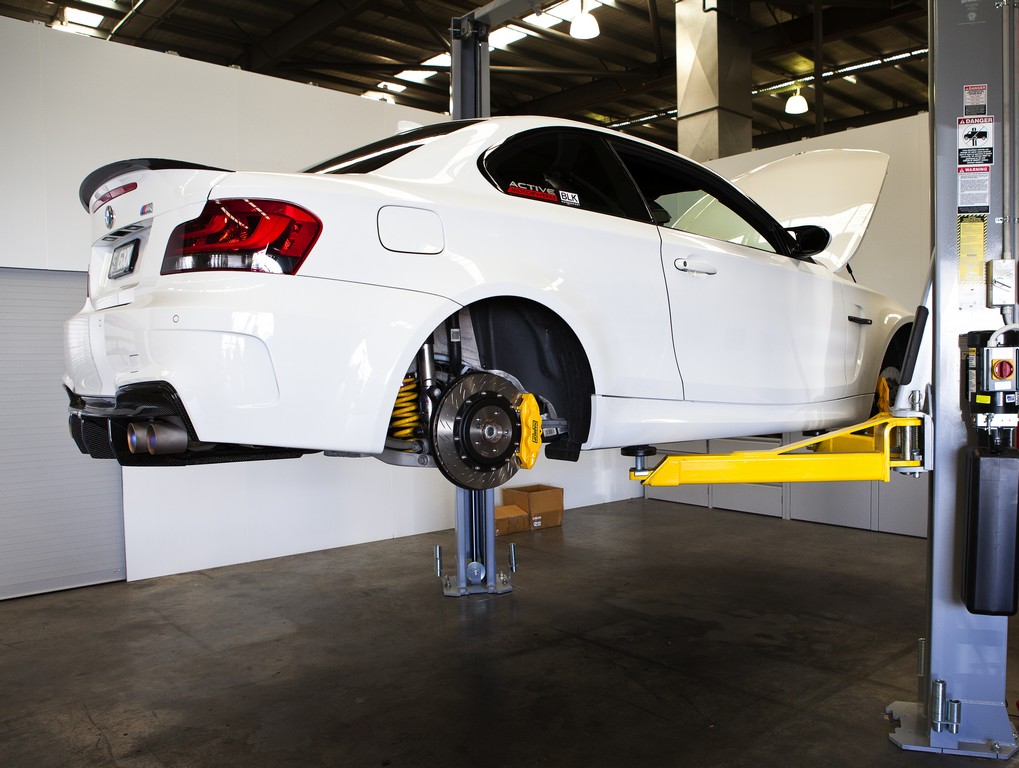Discover the Evolution and Importance of Car Brakes: Ensuring Safety and Performance
Brakes are an essential component of any vehicle, ensuring the safety of the driver, passengers, and pedestrians. This critical system has evolved significantly over the years, incorporating advanced technologies to improve performance, reliability, and efficiency. Understanding the different types of brakes, their components, and their maintenance is crucial for every car owner and enthusiast.
The Basic Principle of Car Brakes

At their core, brakes for cars work by converting kinetic energy into thermal energy through friction. When you press the brake pedal, a series of mechanical and hydraulic components work together to apply force to the wheels, slowing the vehicle down or bringing it to a complete stop. This seemingly simple process is the result of sophisticated engineering designed to maximize efficiency and safety.
Types of Car Brakes

There are several types of car brakes, each with its own unique design and application:
Disc Brakes
- Structure and Function: Disc brakes consist of a brake disc (rotor), brake pads, and a caliper. When the brake pedal is pressed, hydraulic fluid is forced into the caliper, pushing the brake pads against the rotor. This friction slows down the rotation of the wheel.
- Advantages: Disc brakes offer superior performance in terms of stopping power and heat dissipation. They are less prone to brake fade (reduction in braking power due to heat) and work well in wet conditions.
- Applications: Disc brakes are commonly found on the front wheels of most cars and increasingly on all four wheels of modern vehicles, especially performance and luxury models.
Drum Brakes
- Structure and Function: Drum brakes have a brake drum attached to the wheel and brake shoes inside the drum. When the brake pedal is pressed, the shoes are forced outward against the drum, creating friction that slows the wheel.
- Advantages: Drum brakes are cost-effective and provide good braking force. They are also effective as parking brakes because of their self-energizing properties.
- Applications: Drum brakes are typically used on the rear wheels of some smaller or economy cars and older models.
Regenerative Brakes
- Structure and Function: Found in hybrid and electric vehicles, regenerative braking systems capture kinetic energy during braking and convert it into electrical energy, which is then stored in the battery.
- Advantages: These brakes improve overall efficiency and extend the driving range of electric vehicles by recovering energy that would otherwise be lost as heat.
- Applications: Common in hybrid and fully electric vehicles, such as the Toyota Prius and Tesla Model S.
Anti-lock Braking System (ABS):
- Structure and Function: ABS is an advanced braking technology that prevents the wheels from locking up during hard braking, maintaining traction and steering control. It uses sensors to monitor wheel speed and modulates brake pressure through a controller.
- Advantages: ABS significantly reduces the risk of skidding, especially on slippery surfaces, and improves overall vehicle control during emergency stops.
- Applications: Standard in most modern vehicles, enhancing safety across a wide range of driving conditions.
Components of the Braking System

The braking system comprises several key components, each playing a vital role in ensuring effective and reliable braking:
- Brake Pedal: The lever that initiates the braking process when pressed by the driver.
- Master Cylinder: Converts the mechanical force from the brake pedal into hydraulic pressure.
- Brake Lines and Hoses: Carry hydraulic fluid from the master cylinder to the brake calipers or wheel cylinders.
- Calipers (Disc Brakes) and Wheel Cylinders (Drum Brakes): Convert hydraulic pressure into mechanical force, pushing the brake pads or shoes against the rotor or drum.
- Brake Pads and Shoes: Friction materials that make contact with the rotors or drums to slow down the wheels.
- Rotors and Drums: Rotating components attached to the wheels (check pdf) that are acted upon by the brake pads or shoes.
- Brake Fluid: Hydraulic fluid that transmits force through the braking system.
Maintenance and Safety Tips

Regular maintenance of the braking system is crucial for ensuring optimal performance and safety. Here are some key tips:
- Regular Inspections: Have your brakes inspected regularly by a professional mechanic to identify wear and potential issues early.
- Brake Pad Replacement: Replace brake pads when they are worn to avoid damage to the rotors and ensure effective braking.
- Brake Fluid Check: Regularly check and replace brake fluid as needed. Contaminated or low brake fluid can lead to reduced braking performance.
- Listen for Unusual Noises: Squealing, grinding, or unusual noises when braking can indicate worn brake pads or other issues that need attention.
- Monitor Brake Performance: If you notice a decrease in braking efficiency, increased stopping distances, or a soft brake pedal, have your braking system checked immediately.
- Stay Informed: Keep up with your vehicle’s maintenance schedule and follow the manufacturer’s recommendations for brake care.
Advancements in Brake Technology

The automotive industry is continually innovating, and braking technology is no exception. Some of the latest advancements include:
- Electronic Brake-force Distribution (EBD): Works in conjunction with ABS to optimize brake force between the front and rear wheels based on load conditions.
- Brake Assist: Provides additional braking force during emergency stops to reduce stopping distances.
- Electronic Stability Control (ESC): Integrates with the braking system to prevent skidding and maintain control during sudden maneuvers.
- Carbon-Ceramic Brakes: High-performance brakes made from carbon-ceramic composites that offer exceptional heat resistance and longevity, commonly used in high-end sports cars.
Conclusion

Brakes are the unsung heroes of automotive safety, playing a crucial role in protecting lives and enhancing vehicle performance. The evolution from simple mechanical systems to advanced electronic and regenerative technologies reflects the continuous pursuit of safety, efficiency, and reliability in the automotive industry.
By understanding the different types of brakes, their components, and maintenance requirements, car owners can ensure their vehicles remain safe and responsive under all driving conditions. Whether navigating city streets or pushing the limits on a race track, a well-maintained braking system is the key to a safe and enjoyable driving experience.